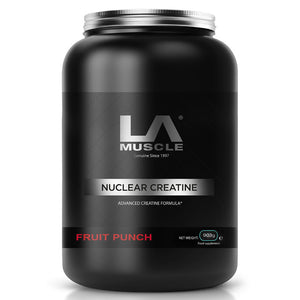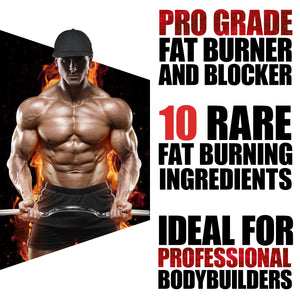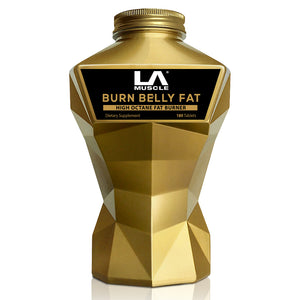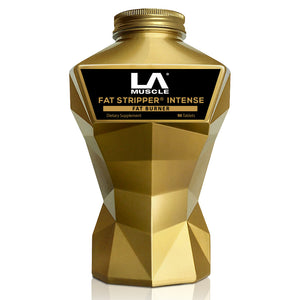
Compound exercises are a key component in strength training regimens and are a favorite amongst both fitness novices and experts. Let's delve deep into the world of compound movements to understand their significance.
What is a Compound Exercise?
A compound exercise involves multiple joints and more than one muscle group. Unlike isolation exercises, which target a single muscle group (like bicep curls), compound exercises engage various muscle groups simultaneously.
Benefits of Compound Exercises
-
Efficiency: One of the main advantages is that you can work multiple muscle groups with a single exercise. This makes your workout more time-efficient.
-
Functional Strength: These exercises mimic everyday activities and therefore help in improving your functional strength, which is essential for daily tasks.
-
Burn More Calories: Due to their multi-joint nature, these exercises burn more calories compared to isolation exercises.
-
Boost Hormones: Exercises like squats and deadlifts can stimulate the release of testosterone and growth hormone, both of which play a significant role in muscle development and fat burning.
-
Improved Balance and Stability: Engaging multiple muscle groups means you'll also be improving your balance and stability.
-
Versatility: Most compound exercises can be modified to match different skill levels or address specific goals.
How to Program Compound Exercises
-
Prioritise Them: Since these exercises engage major muscle groups, it's often best to do them at the beginning of your workout when you're most energetic.
-
Frequency: For most individuals, incorporating compound movements 2-3 times a week can be beneficial.
-
Volume and Intensity: If you're a beginner, start with fewer sets and reps and gradually increase. As for weight, begin with a comfortable weight and increase gradually as your strength improves.
-
Rest: Compound movements, especially at high intensity, require adequate rest between sets, typically around 1-3 minutes depending on the exercise and intensity.
Common Mistakes
-
Using Too Much Weight: It can compromise your form and lead to injuries.
-
Neglecting Form: Poor form not only reduces effectiveness but also increases injury risk.
-
Not Warming Up: These exercises can be taxing. A proper warm-up prepares your muscles and joints for the task ahead.
-
Overtraining: Remember, recovery is crucial. Overdoing compound exercises can lead to overtraining and potential injuries.
Best 8 Compound Exercises
-
Squats: Primarily targets quads, hamstrings, and glutes, but also works the core.
-
Deadlifts: Engages the glutes, hamstrings, lower and upper back, traps, and forearms.
-
Bench Press: Works the chest, shoulders, and triceps.
-
Pull-Ups/Chin-Ups: Targets the back (lats primarily), biceps, and shoulders.
-
Bent Over Rows: Hits the back muscles, particularly the lats and rhomboids, as well as the biceps.
-
Overhead Press: Engages the shoulders, upper chest, and triceps.
-
Lunges: Focuses on the quads, hamstrings, and glutes.
-
Push-Ups: A bodyweight exercise that targets the chest, shoulders, triceps, and core.
Compound exercises are integral to any well-rounded fitness regimen. They provide myriad benefits, from improved functional strength to caloric burn. By understanding the fundamentals, avoiding common mistakes, and programming them correctly, you can maximise the gains from these powerhouse movements.


























